Below is a transcript of a podcast with Bianca Serafini, former head of Content Licensing at Viral Nation, hosted by VideoAge‘s editorial staff, and available on all major digital platforms.
VideoAge: You are a pioneer for using Social Media talent for OTT productions. Can you explain how it came about?
Bianca Serafini: When I was at FilmRise [for six years], prior to my recent role at Viral Nation, there were very few TV shows that were being greenlit, so there was very little for us to pick up. Because of that, we had to get creative with what we were acquiring. So we started looking at creator content. The production value of creator content during that time skyrocketed. Their production teams were smaller, more nimble, and not union-based. They were faster and just more efficient at acquiring content that we knew had an embedded audience. We knew with various analytical tools, such as View Stats and Tubular Labs, that there was a strong demographic of viewers of all ages, but especially under 18, that weren’t being serviced in other aspects of traditional legacy media. So that’s when we figured it would be a great time to try out creator content syndication. We were able to get a couple of creators off the ground that ended up, in the span of a year, performing very well.
VA: Companies now have divisions that deal with branding for content creators and influencers, usually through talent agents who are also actively recruiting bloggers and influencers. Do you prefer dealing with such agents or going directly to talent?
BS: It’s two-fold. It depends on the talent. There isn’t a one-size fits all approach. Depending on their “vertical” [i.e. creator content genre], on how large and nimble their teams are, and also on what they want to accomplish. Not every creator wants to be on YouTube forever. Some of them want to transition into film and television, want to get into merch lines, want to pivot to something entirely different. So I can’t say which one I prefer, but having an agent can help the process and move along getting the deal done, which can be overwhelming for certain creators [since] they’re not people who have a background in film or television. On the flip side, [agents] can create a bottleneck where you’re not talking directly to the creator. That being said, I don’t know if the languages that people in traditional and legacy media speak are really the same as a creator, so having an interpreter with the agent can be beneficial long-term.
VA: Can you explain the difference between a content creator who deals with long-form content, for example, YouTube, Facebook, etc., and influencers who work with short-form content on platforms such as TikTok, Instagram, and Twitter, now X.
BS: I don’t know if there is such a big difference between creator and influencer. Those two terms have really become one, which is just creator of content. The medium doesn’t necessarily make one a creator or one an influencer, especially with younger generations watching TikTok and looking at Instagram the way older generations would traditional television. A creator is a creator, and just because you have a fan based on YouTube doesn’t necessarily mean that it translates to TikTok or vice versa. So I would just refer to them as creators.
VA: Do you know how much an influencer could make per year, or per month, what kind of money?
BS: It depends. It’s kind of like saying how much does an actor make a year? You can have someone who makes multiple millions of dollars a year, and you can have someone who makes a couple thousand dollars and has other jobs on the side, where being a creator isn’t their full-time gig yet. We are seeing an oversaturation of people trying to get into the creator market, which is to be expected. There’s just such an abundance of talent and of content being made and of various mediums between the Social Media platforms, that there are just a lot of people trying to get into this space. Not all of them can be successful, and that is true for acting and singing and any other talent-based business.
Right now, digital media, especially outlets such as AVoD and FAST, are basically driving the production of low-cost programs, and that’s what is benefiting the influencers, because basically, there are thousands of FAST channels to refurbish their programming, their schedule. They survive on very little money, basically they do percentage of advertising for revenue-sharing. So everyone is now going into it. I was recently at MIPCOM where I’ve met people, television programmers, [people from] television stations over there, that are moving to influence Social Media, talent, pushing them to their own channels.
VA: Did you foresee this development early on?
BS: FAST is really just a refurbished version of broadcast TV. It just happens to be on OTT rather than on linear television. But because FAST really needs a younger demographic of viewers to survive, it really sees a lot of its audience come from Gen X and Boomers. They need to find a way to enter that younger audience base. And creators are an excellent way for them to do that. But not every creator FAST channel is going to work. That’s true for any kind of television show or film or FAST channel, vertical or general. But I think that it’s an excellent place for them to start garnering a little bit of attention from those younger demographics that don’t really consider FAST an option or as a viewing experience at all. So instead of pushing FAST on younger audiences, getting creators excited about FAST makes more sense to me. But one of the problems that I’ve been hearing from FAST producers and content distributors is that there will not be enough libraries to feed those FAST channels. It’s inevitable that they may go to Social Media talent to put more programming to the television schedule for their FAST channels. There’s no alternative. For the most part, right now, it’s still cheaper and more nimble to acquire creator content instead of going through the litany of acquiring a traditional library. Creators aren’t being serviced in the FAST space as much as any other library, any traditional library. It’s a great opportunity for them to test it out. And that’s very appealing. Because it’s new content, it brings a new demographic. They’re running out of content so it just makes sense. That being said, it’s not a one size fits all approach. If you are popular on a horizontally shot platform like TikTok or Instagram, I don’t really see currently — I mean, maybe in the next five to 10 years — I don’t see how you’re going to succeed on FAST. But if you are a high-production-valued YouTube channel, shot horizontally, you have a really good opportunity with FAST to get your content seen elsewhere outside of the regular mediums you’ve been using.
VA: How can a FAST channel operator produce shows with the business model where basically it’s just revenue-sharing with minimum guarantees (MGs). How can you produce shows with a kind of business model where the revenue is very low?
BS: Well, you’re just syndicating what’s currently on YouTube. So it’s more like a second window opportunity rather than a new original series. Now, something that you could do, which I haven’t seen, but you’re going to see FAST channels indicating YouTube content that’s very popular and very topical and has a great audience base. And then once that FAST channel gains some momentum, we’re going to see original series be greenlit into that channel.
VA: But where is the financing coming from? I mean, I think once you start seeing the revenue come in from the FAST side, which just stems from the library, right?
BS: No new original content, just a second window opportunity. Once you start seeing that there is an appetite for that kind of content, for that specific creator, the financing and the forecasting mix is a lot easier to do on that specific talent. Most Social Media talents are sponsored by brands. And also, broadcasters see the Social Media talents as a positive influence because they can bring an incredible number of viewers. So the brand will move them once the Social Media talents move to broadcast. Those are conversations that I’m even having right now.
Platforms are very interested in how they can reap a part of the pie that creators are garnering from their brand sponsorships. And figuring out that model, how, let’s say if you were Amazon Prime. But if you were Prime Video or Freevee and there was a way for you to add an element of a brand sponsorship to your content from your creators that automatically links it to Amazon Prime, those are going to become more and more common.
VA: Since advertisers’ brands need vast audiences, is there a model where the same commercial can be broadcast on several FAST channels to get more viewership?
BS: Absolutely. And if that advertisement comes from a sponsorship that comes from a creator and it’s a creator-led channel, that’s an obvious tie-in. So the same content could be in multiple platforms? Absolutely. You could also make an exclusive window and find ways to render that exclusivity more meaningful. If you have a really big creator and a platform wants to pay an MG or a license fee up front for that talent to be on their platform for X amount of time, I also find that to be to be another way forward. I can’t see why it can’t operate as any other traditional library.
VA: How can a company operate something like 500 FAST channels? You need an incredible amount of programming to program those kind of channels. Where are they going to find that incredible number of new programs?
BS: Hopefully they’ll start looking at the creator economy and seeing what they’re missing. They’re leaving money on the table by not engaging with these creators either through their agencies or to them directly. There’s so much content on YouTube and being the most watched platform on Earth, it has an audience base and can garner a really fervent fan base as well. So, if platforms — be they FAST platforms, be they traditional platforms — anyone is interested in expanding their programming slate, they should look at creator content.
VA: Could artificial intelligence allow the same content to be shown in different countries in different languages? Is it possible to do it right now?
BS: I don’t know if it’s possible to do it right now. AI is going to play a very considerable part in in the new generation of media and distribution and business models. That’s inevitable. I definitely see it playing a strong role in the creator space. I mean, just today a press release came out about how YouTube and CIA are collaborating to ensure that deep fakes aren’t taking away monetization from creators by using their likenesses. So we’re going to see more partnerships between AI and content creators.
Audio Version (a DV Works service)

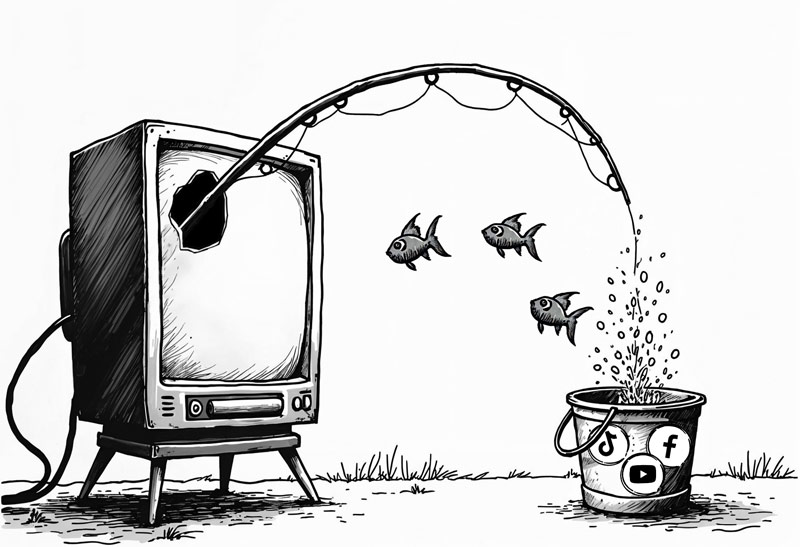
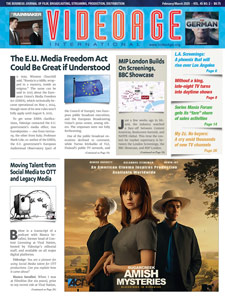

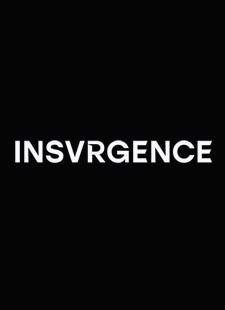


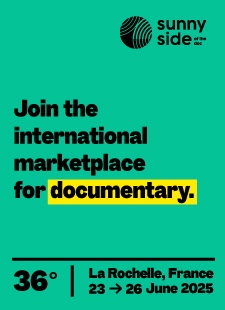
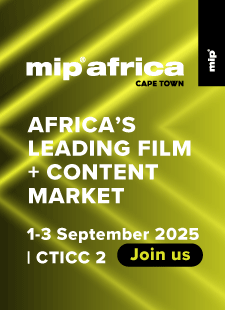


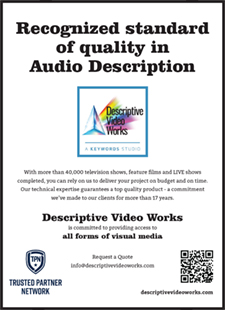
Leave A Comment